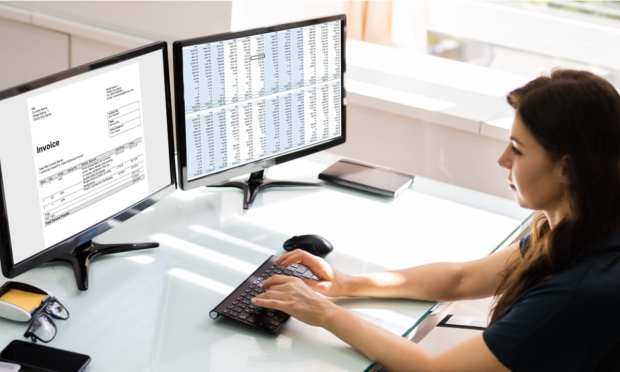Diagnosis Digital: eChecks Help Improve Healthcare Provider Cash Flows

Trillions of dollars in healthcare spend can be sped up and streamlined with a pivot toward eChecks.
In a podcast with PYMNTS, Todd Tracey, executive director at MPX, Deluxe Corporation said online platforms can bring providers and payers together in a way that improves transparency and cash flow — especially when providers are paid for one-off or out of network services.
As for the paper checks themselves, even in the 21st century: They can account for as much as 40 percent of all medical claim payment transactions and 88 percent of all dental claim payments. That equates to as many as 500 million paper checks issued annually.
Deluxe said earlier this year that it had launched its Medical Payment Exchange (MPX) platform, as a joint venture with healthcare payment provider ECHO Health.
At a high level, Tracey said, “When we look at the problem in healthcare, the healthcare insurance companies have done a great job with electronically filing every payment possible that they have to make. The problem is they just can’t get rid of that check.”
The Mechanics
In terms of mechanics, payers upload check batch files which are, in turn, digitized by MPX and sent to providers, which now number more than 160,000 across its network. Electronic payments options offer providers a choice among ACH payments, Visa commercial cards or digital checks. These are the same payments that Tracey noted providers have accepted for years, and they are also accompanied by an explanation of payment and email notification.
For the payers, he illustrated, the checks are written off of and settle against their respective bank accounts, so nothing changes — but they avoid the expense (and risks) associated with sending checks in the mail.
Artificial intelligence (AI) is being leveraged to adjudicate the claim and issue the payment immediately, he said.
“In our world that can mean less than 24 hours from invoice [to] payment,” he added.
The end result is that the day’s sales outstanding metric is cut down considerably for providers, which improves cash flow.
The current system inefficiencies are especially glaring, he said, where patients may be treated out of network or in locations far away from their in-place primary care physicians for isolated medical events.
“For the insurance company to set up [an] electronic relationship with this urgent care center or for the urgent care center to want to set up [the] electronic relationship for this one-off or out of network payment, it’s too expensive for both sides.,” he said. The platform, he contended, introduces efficiencies into the process from the beginning, as providers need to onboard only once.
Thus, doctors who receive payments (from any number of providers on the platform) can get their payments days and weeks faster than would be seen if those payments traveled across “snail mail.” As Tracey told PYMNTS, “it’s only one location that’s needed to receive payments.”
The network effect, he said, creates a positive ripple effect as payers bring new providers onto the platform, and vice versa.
As might be expected, security remains top of mind for any payment platform, and where Deluxe conducts background and security checks on participants. The “unique aspects” of each paper check — spanning routing numbers, the check number and the payment — can be verified and examined to make sure that nothing has been altered.
Looking ahead, he told PYMNTS, Deluxe will be further examining the ways providers and payers want to transmit remittance information and explanation of payments.
“If you think about reconciliation that’s taking place in the posting and that has to take place in healthcare,” he asked, “is there a better way to deliver that remittance either directly into a provider’s office?” Other payment options offered in the future may include push to debit, he said.
